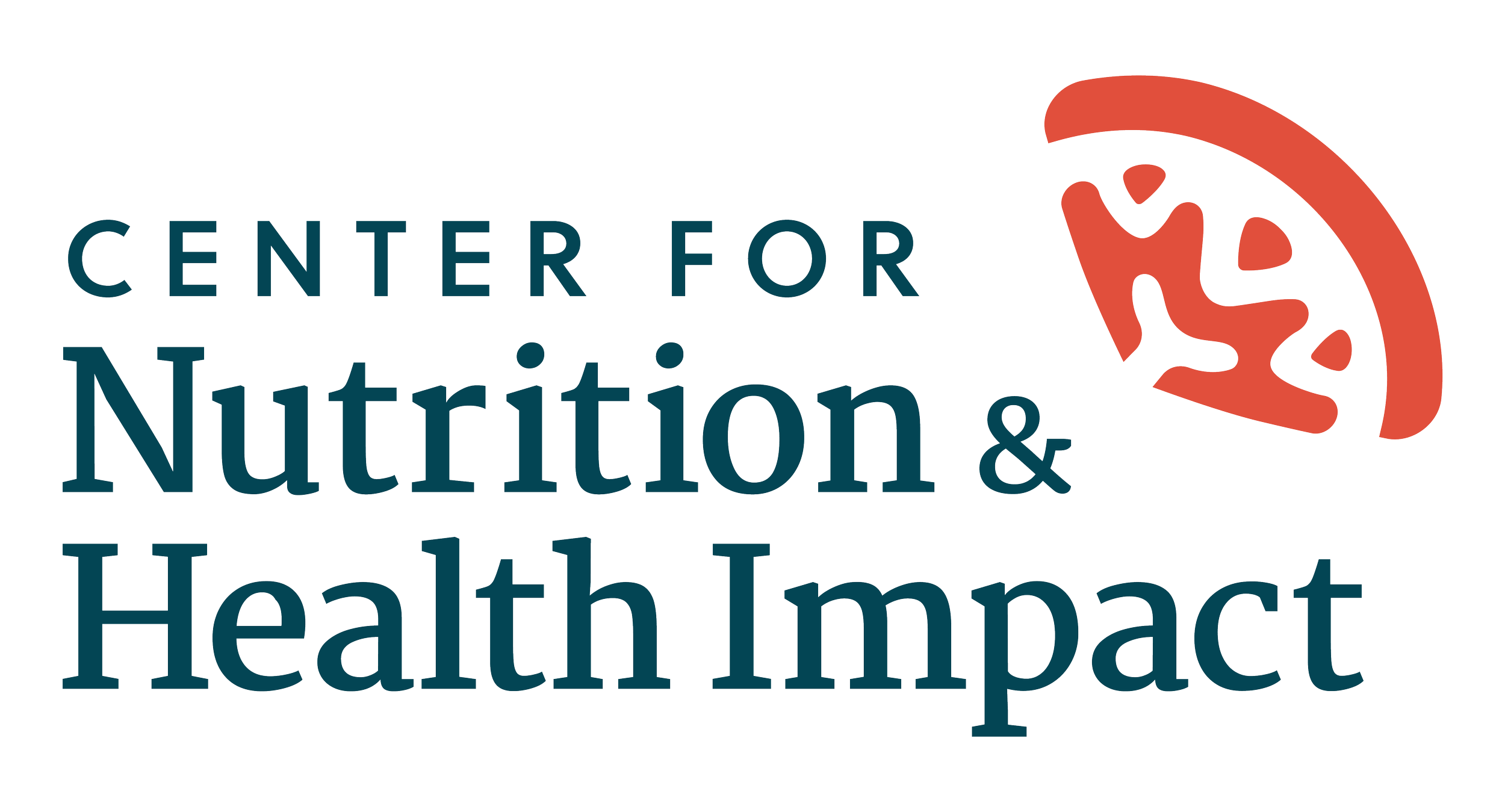---- OUR WORK ----
Three-Year Longitudinal Study of an Ohio Food Desert:
Longitudinal study of ProMedica’s Ebeid Institute in Toledo, Ohio
Partner: ProMedica
In late 2015, a nonprofit health care system with locations in northwest Ohio and southeast Michigan opened the Ebeid Institute in the UpTown area of Toledo, Ohio. The UpTown neighborhood has limited access to grocery stores and many residents live in poverty. The new Ebeid Institute facility includes a neighborhood grocery store, called Market on the Green, on the street level with classroom space on the second floor for financial education training, nutrition/healthy cooking classes and other programming.



